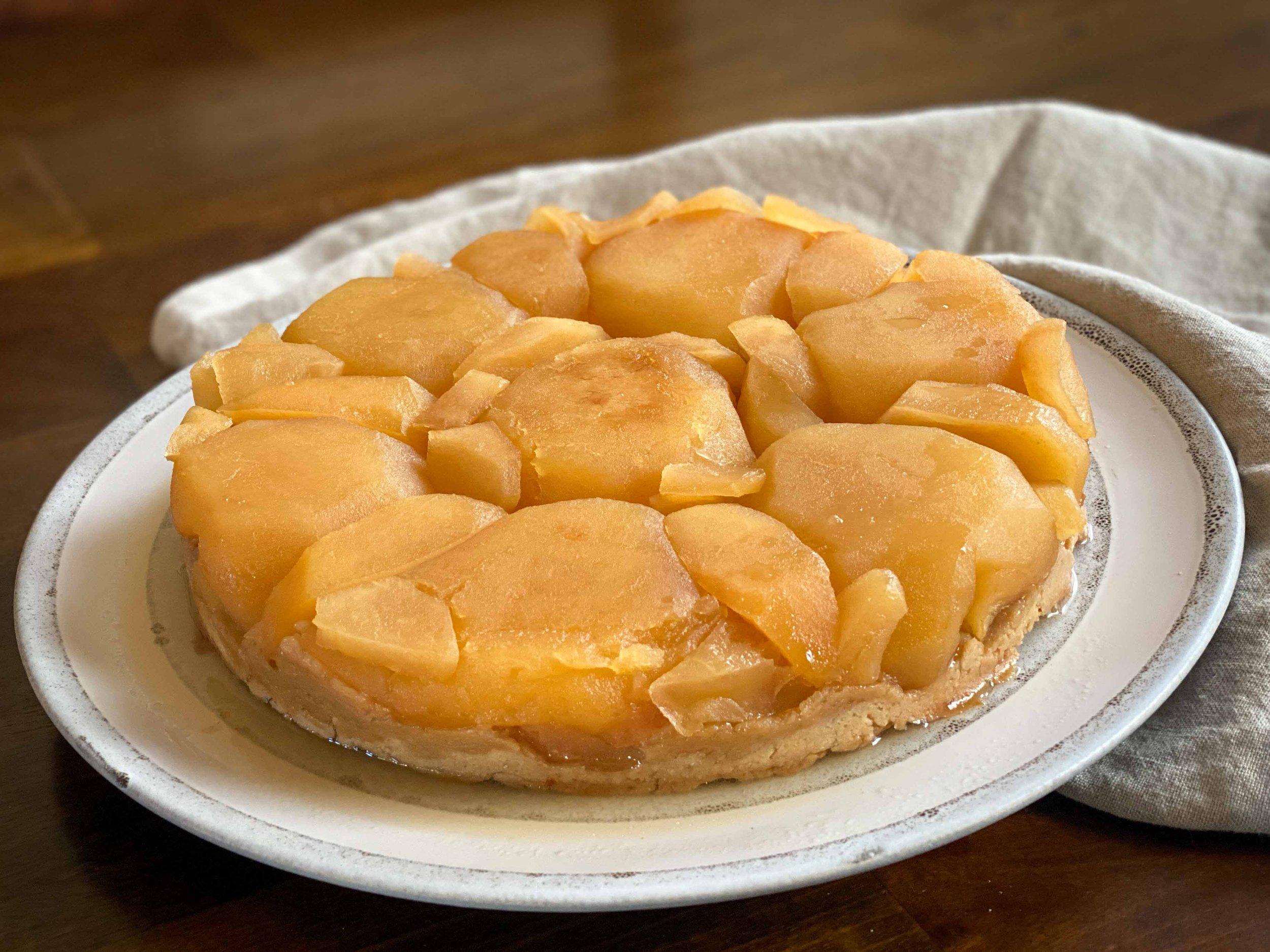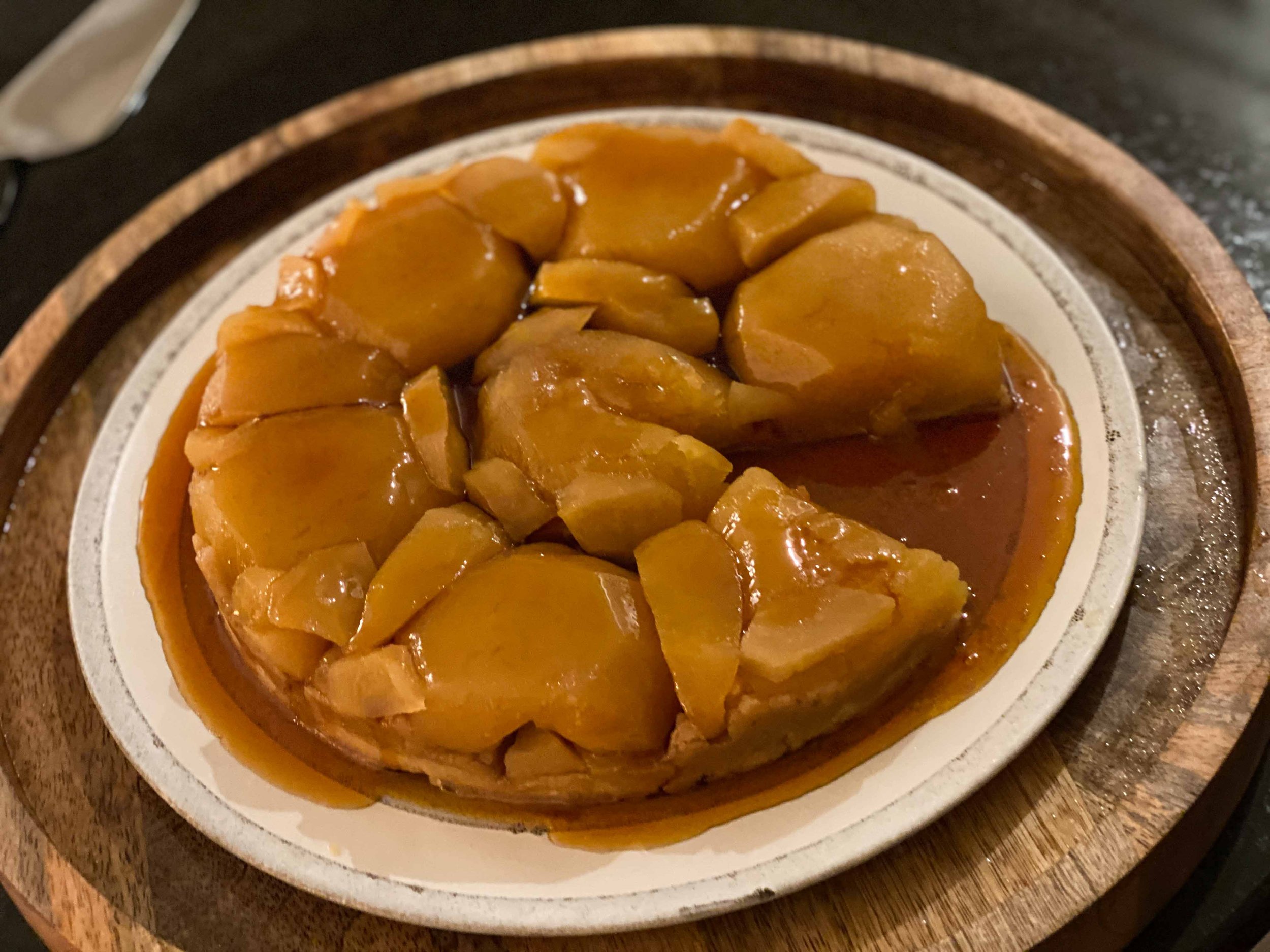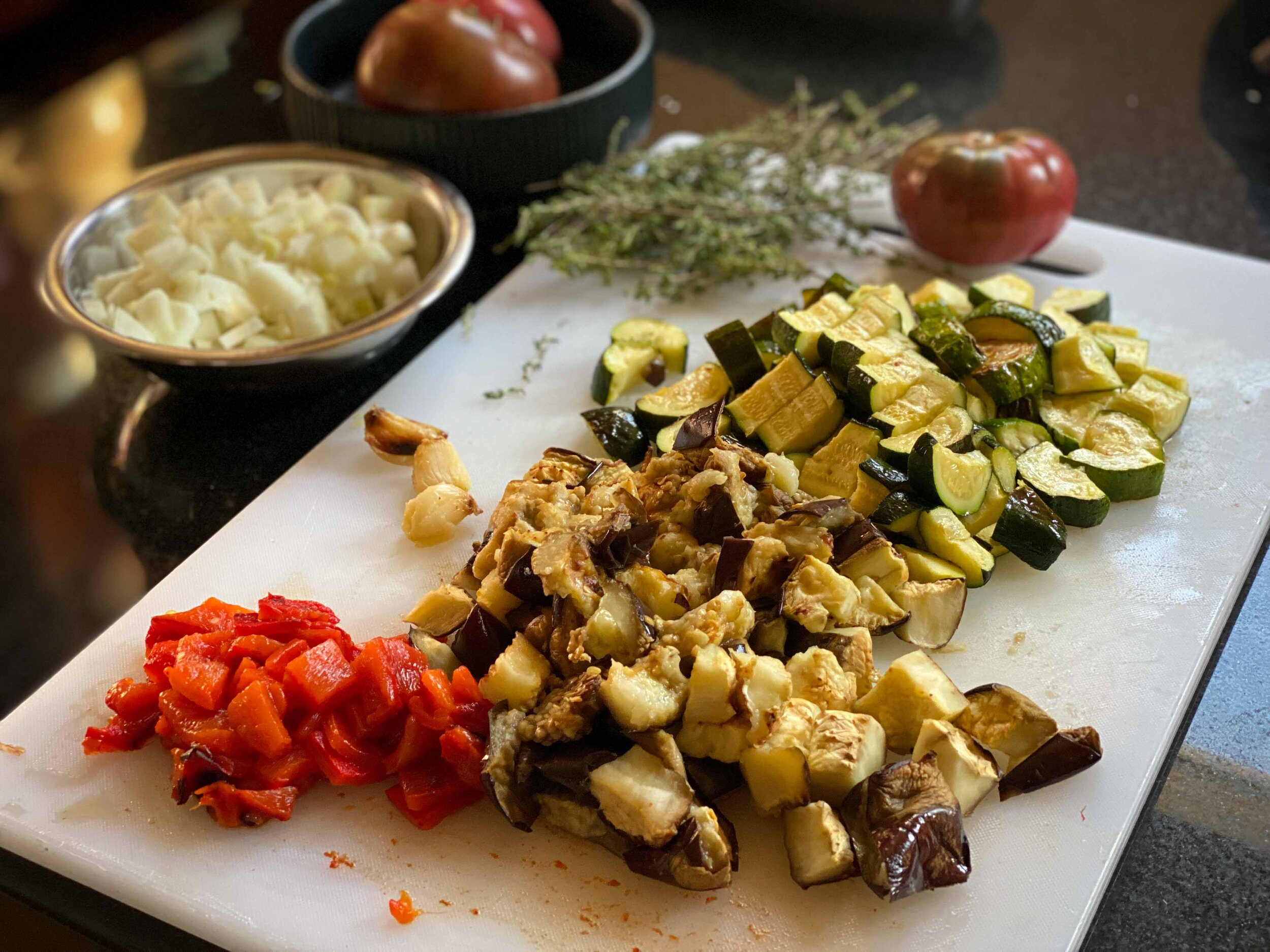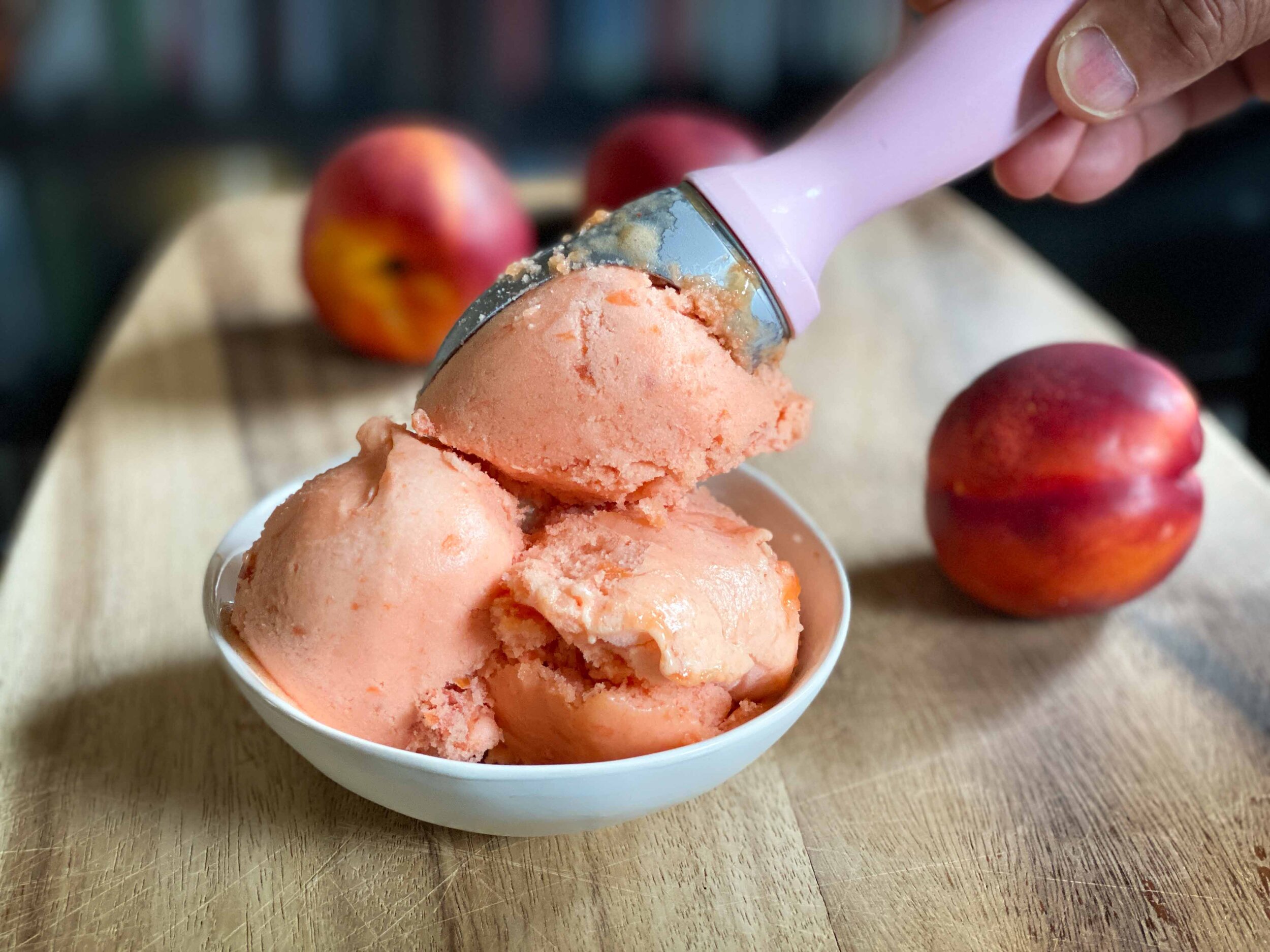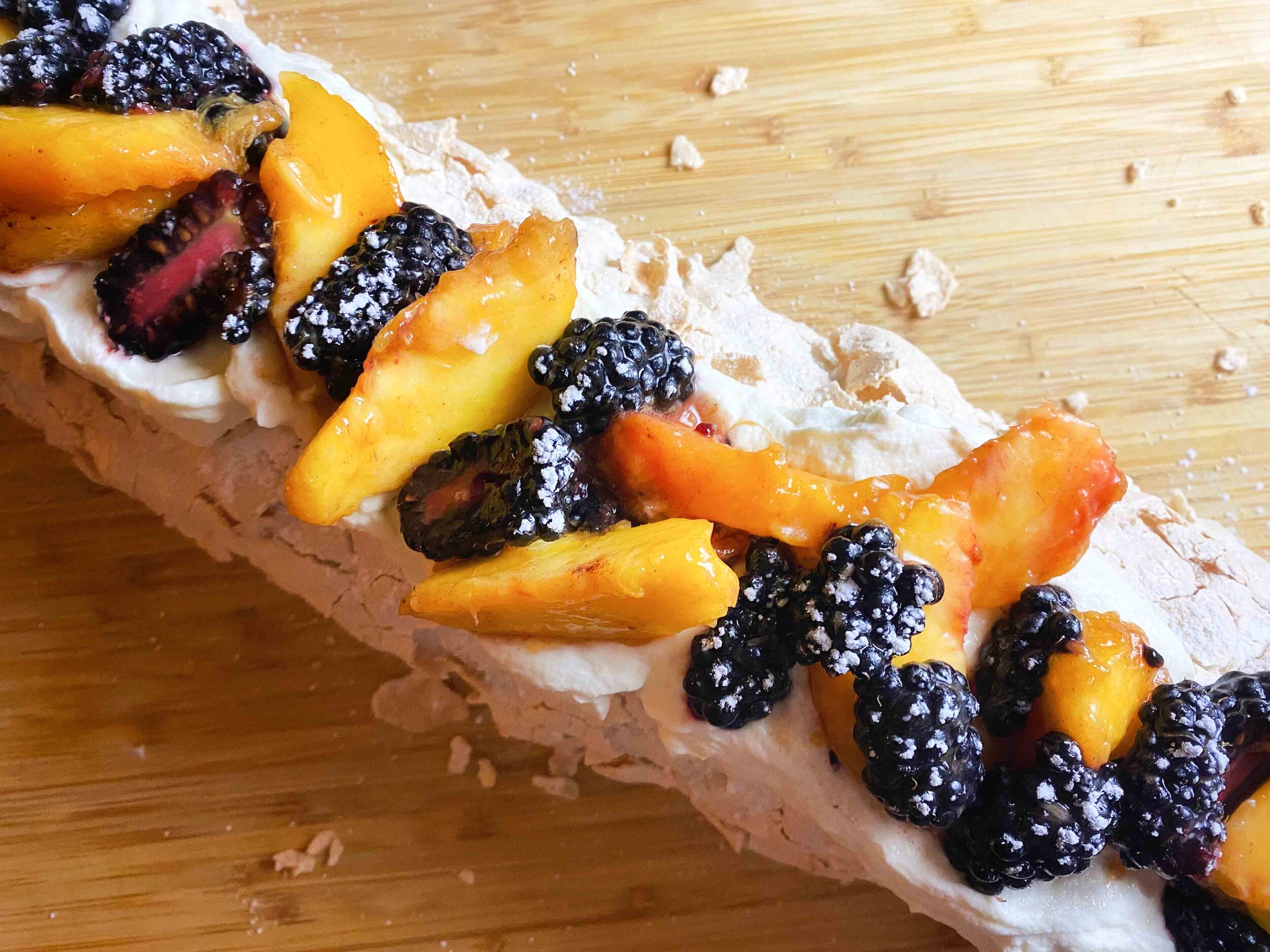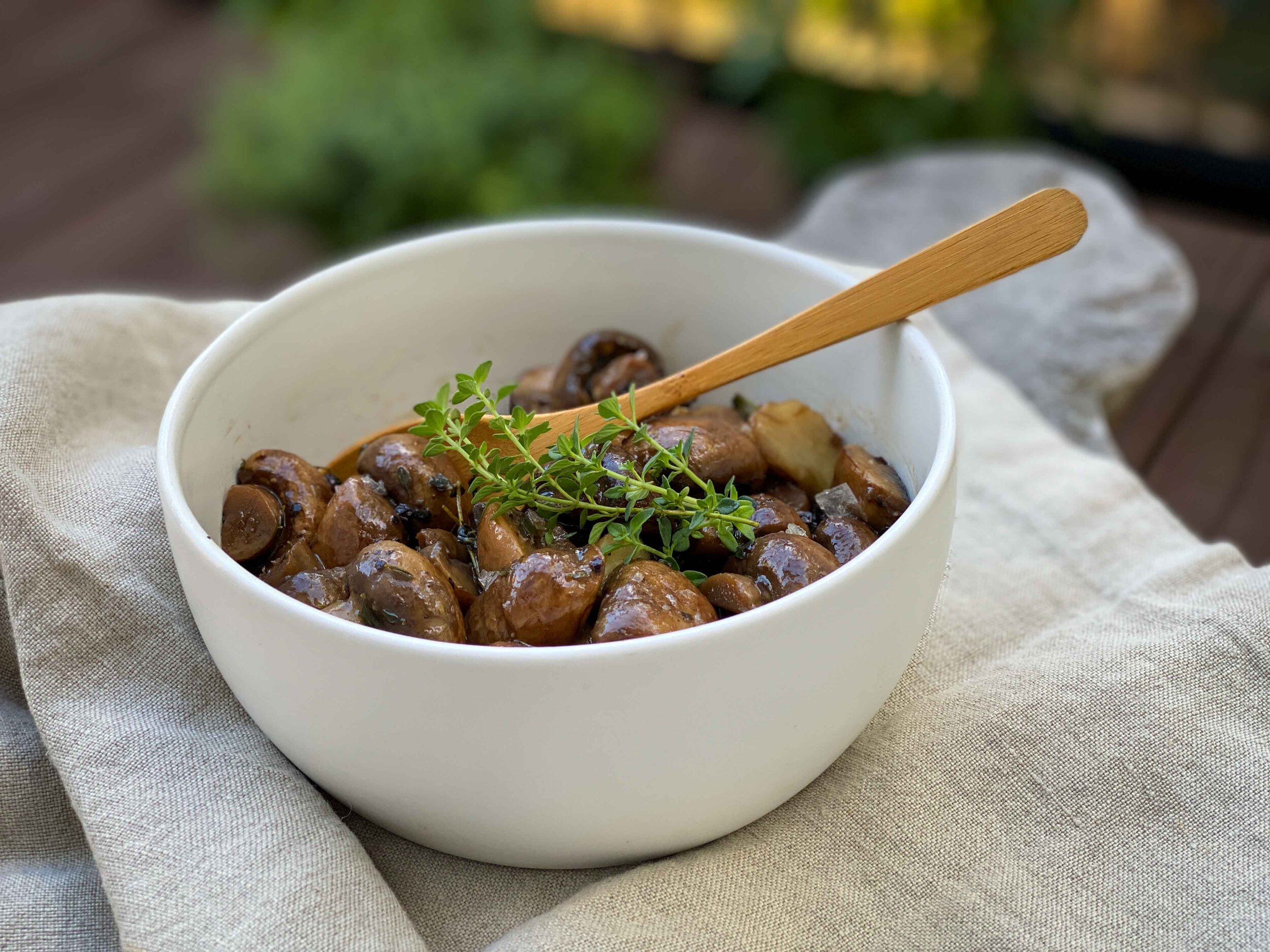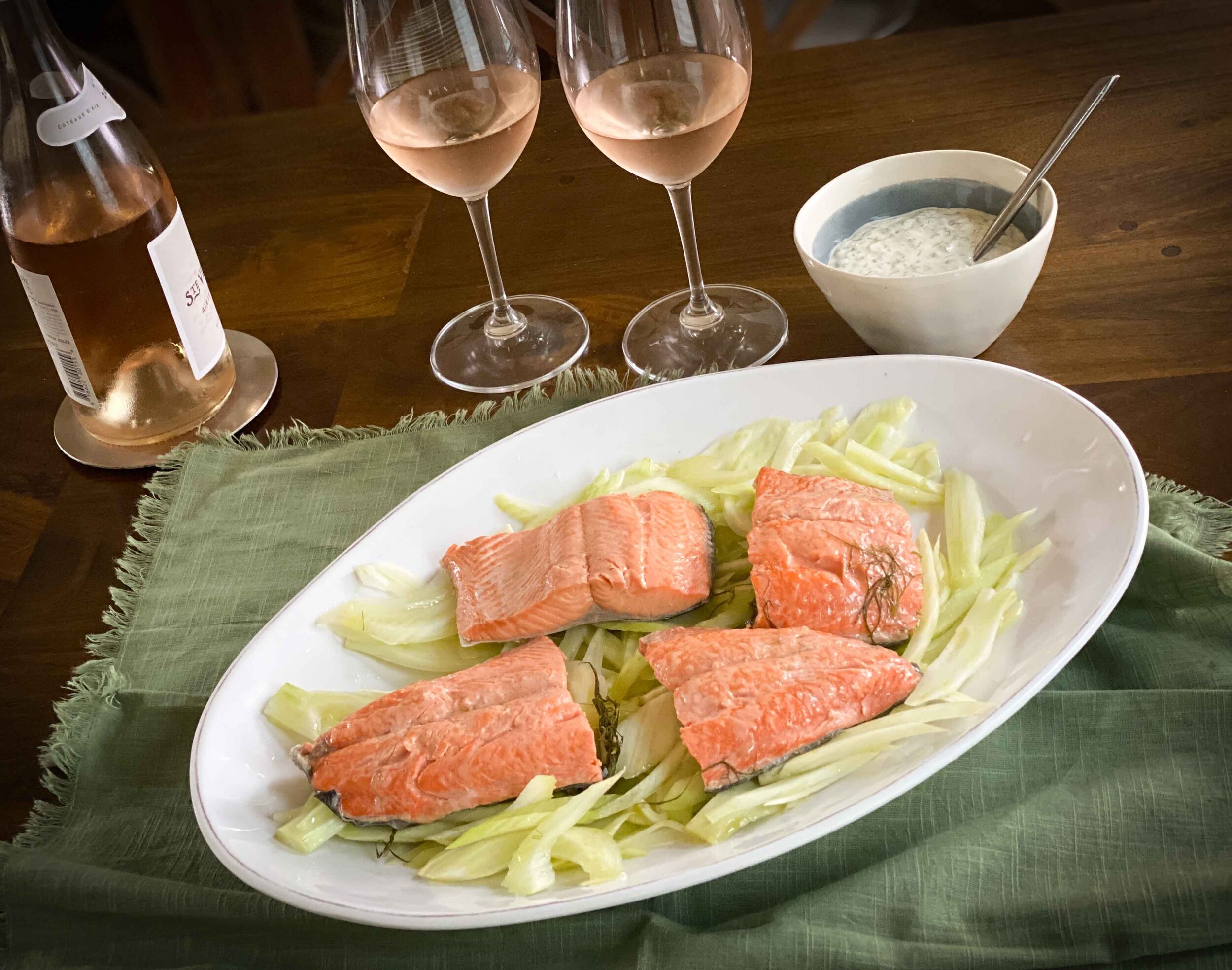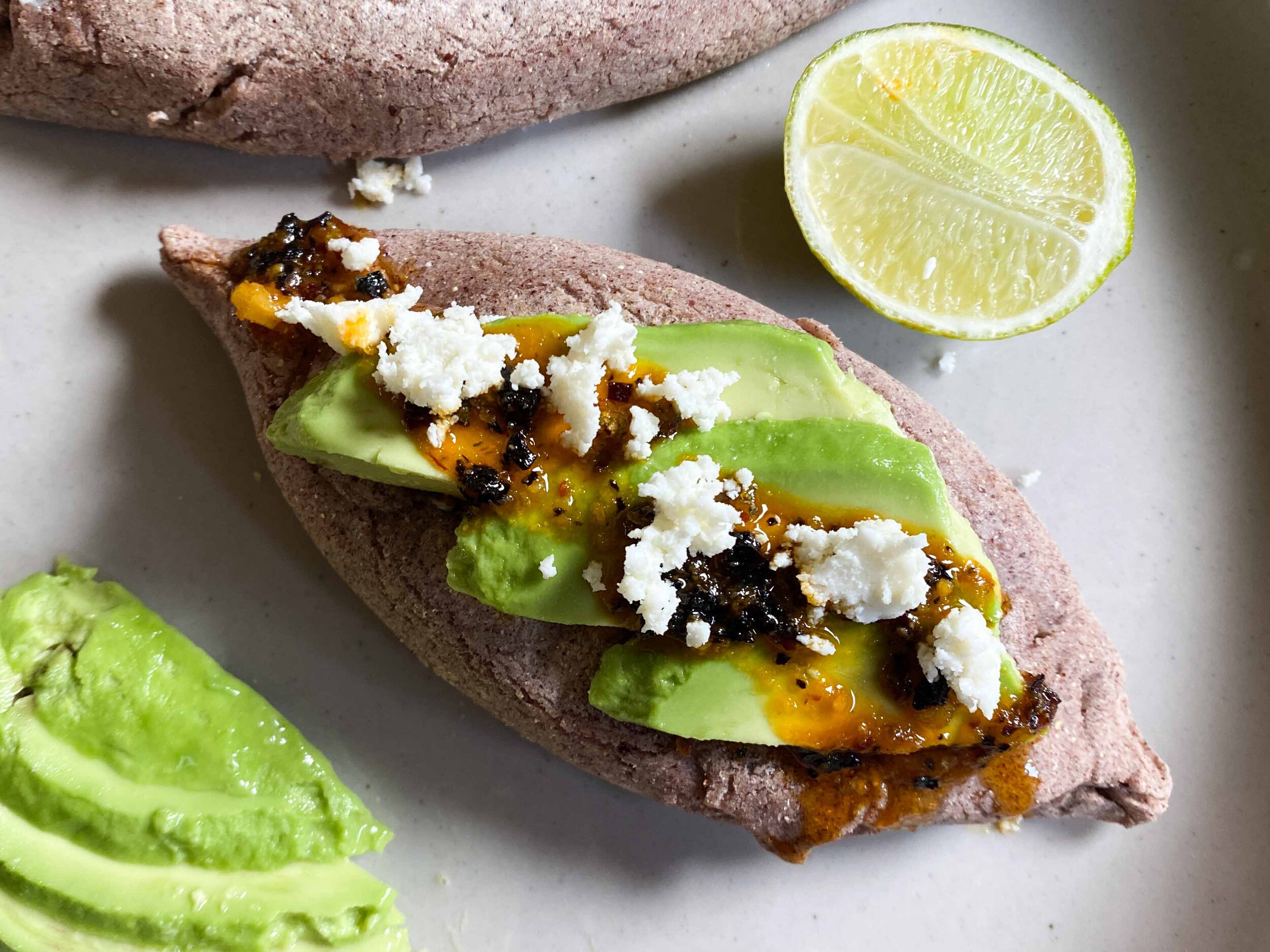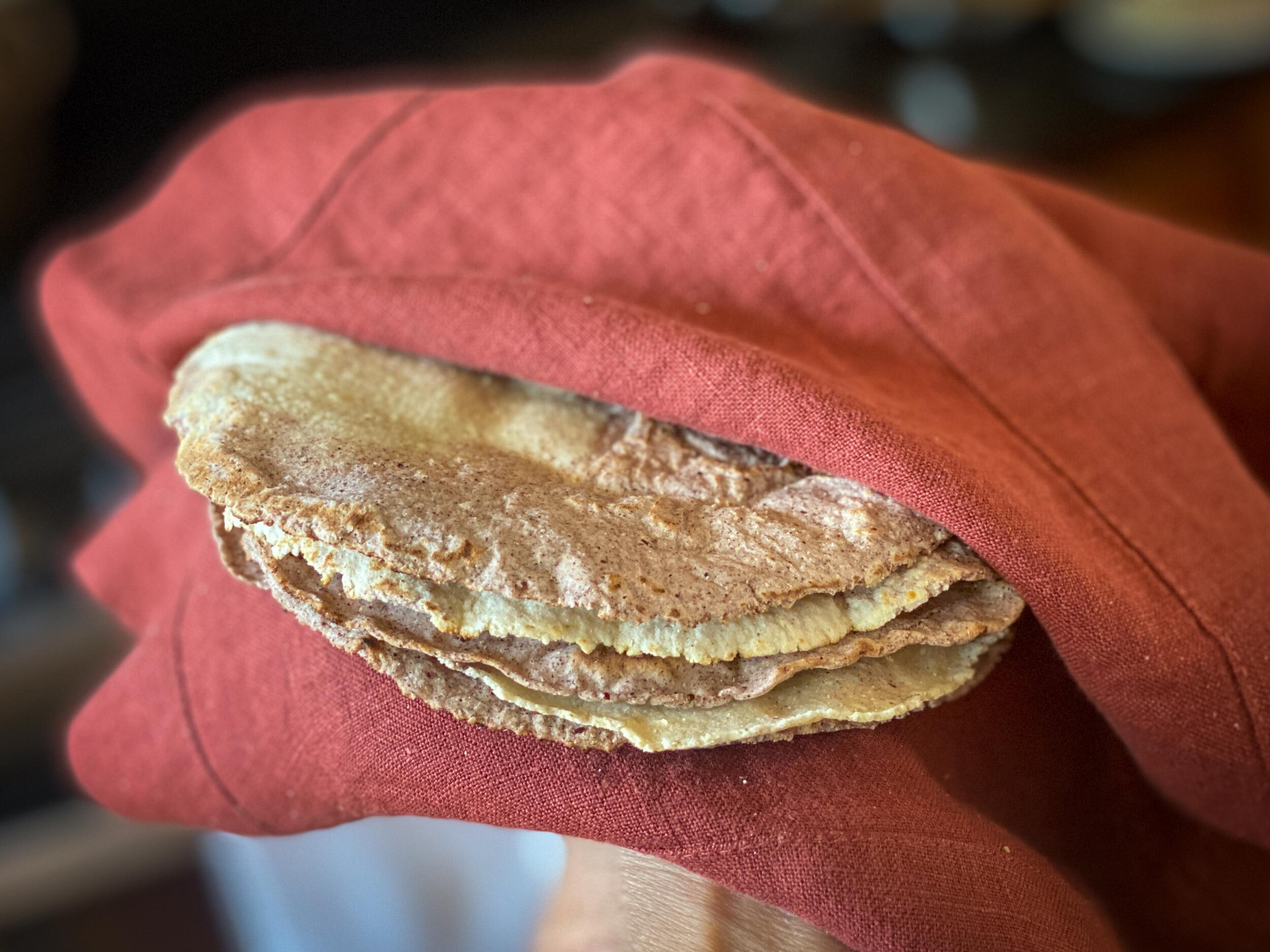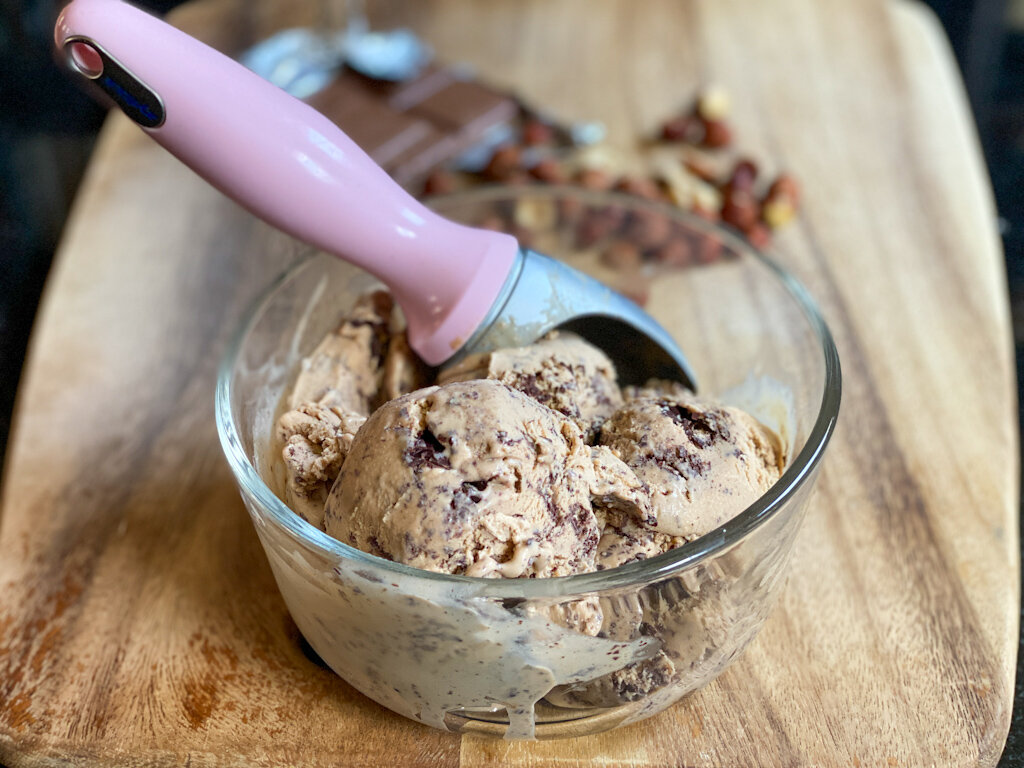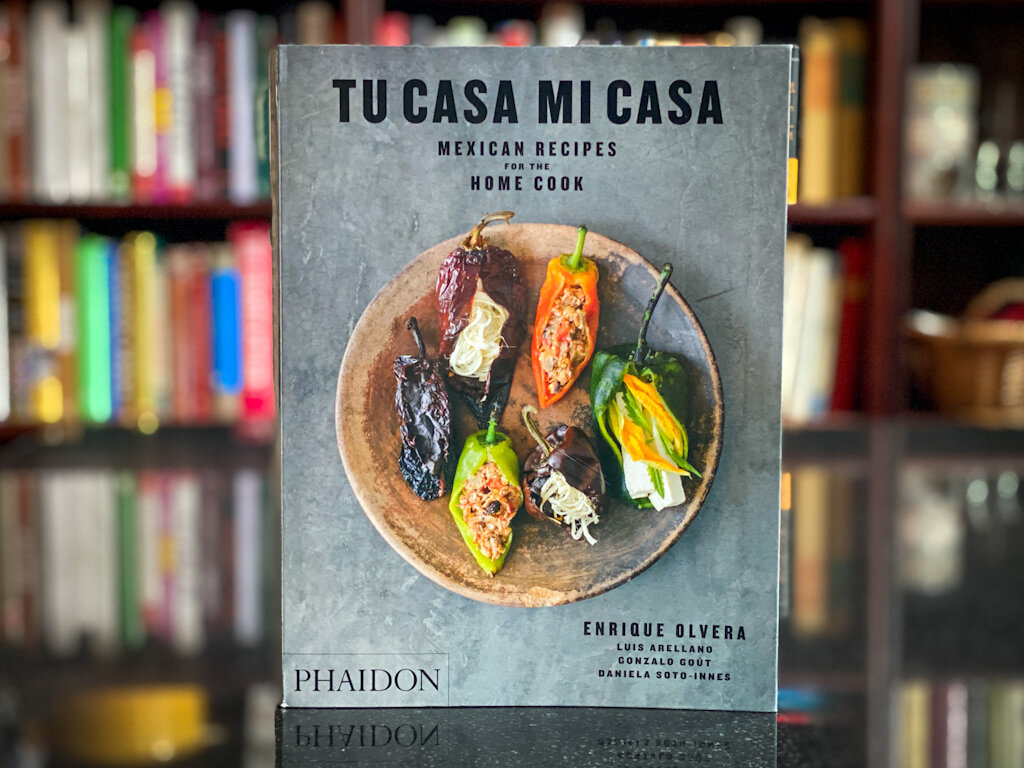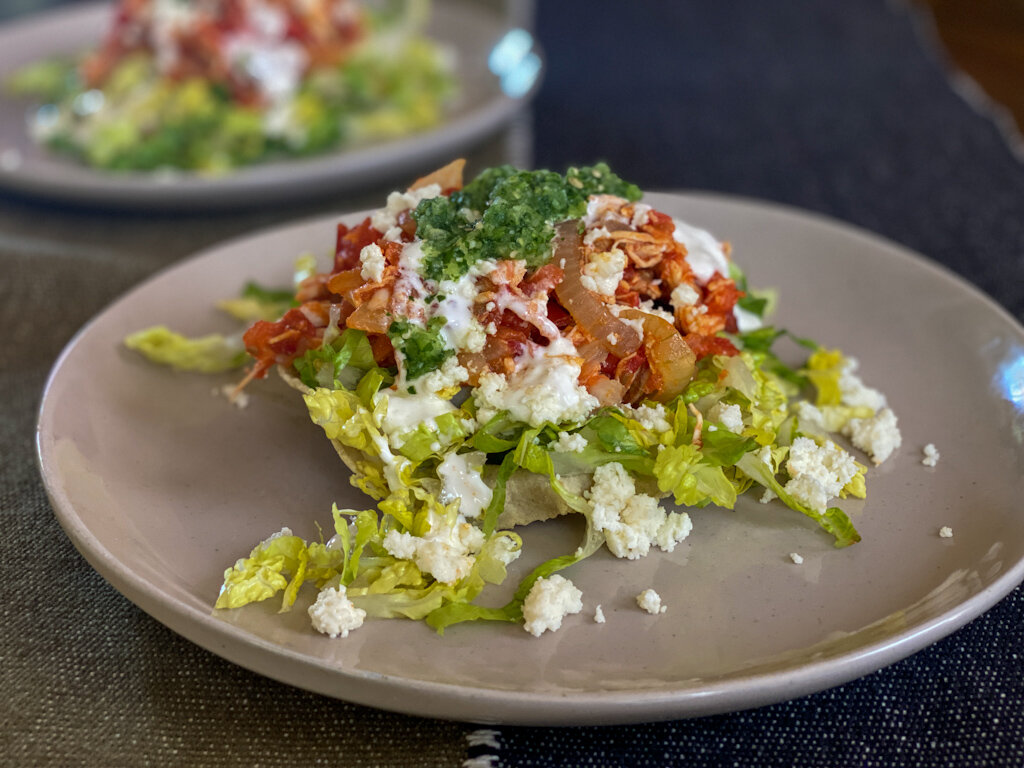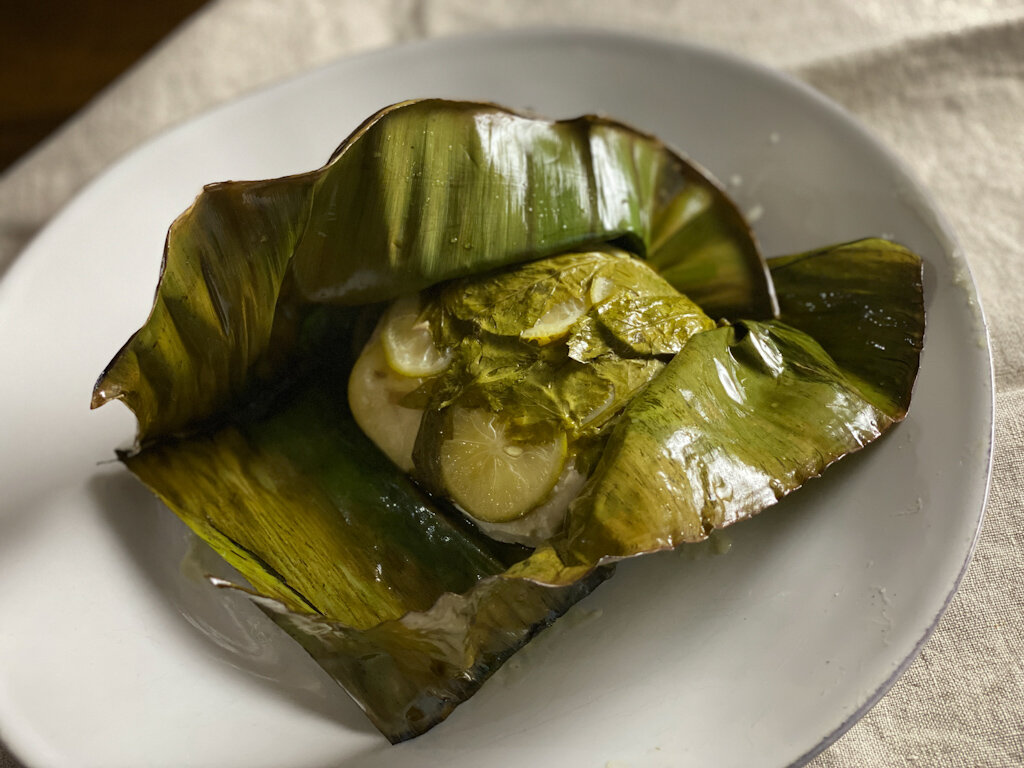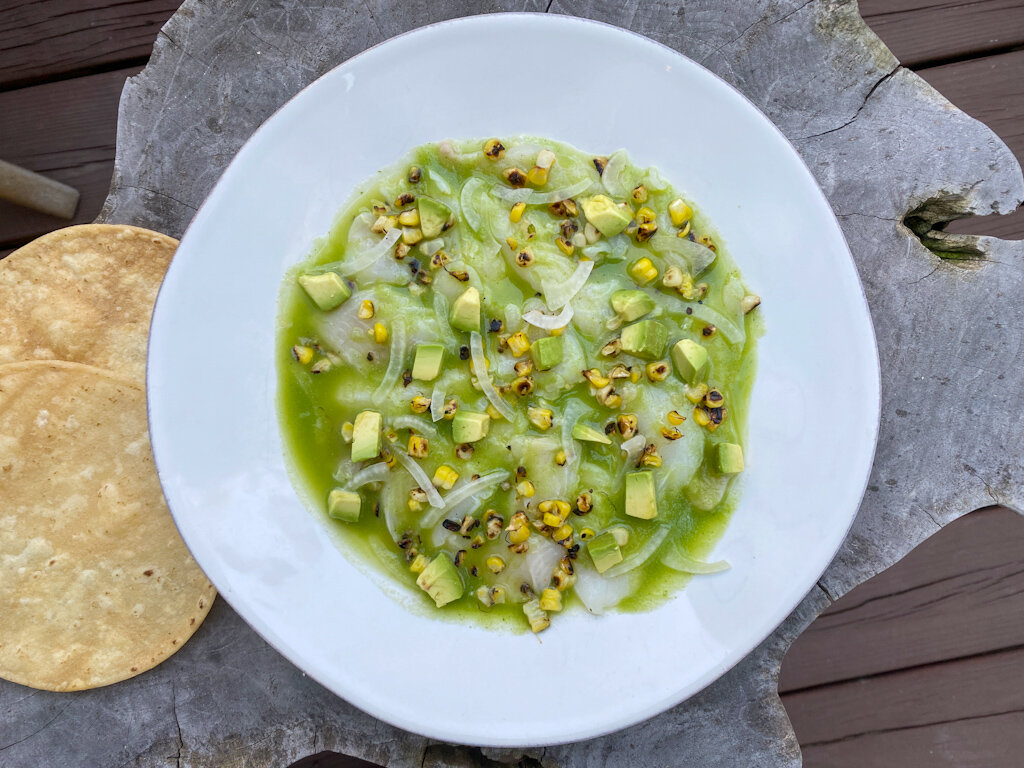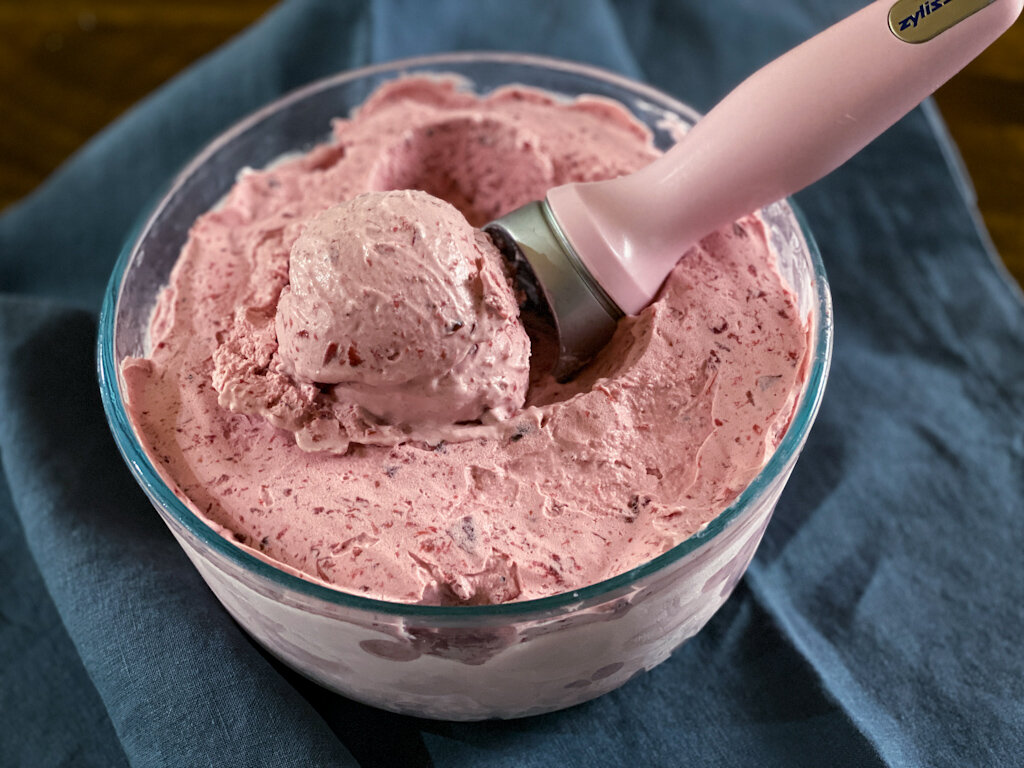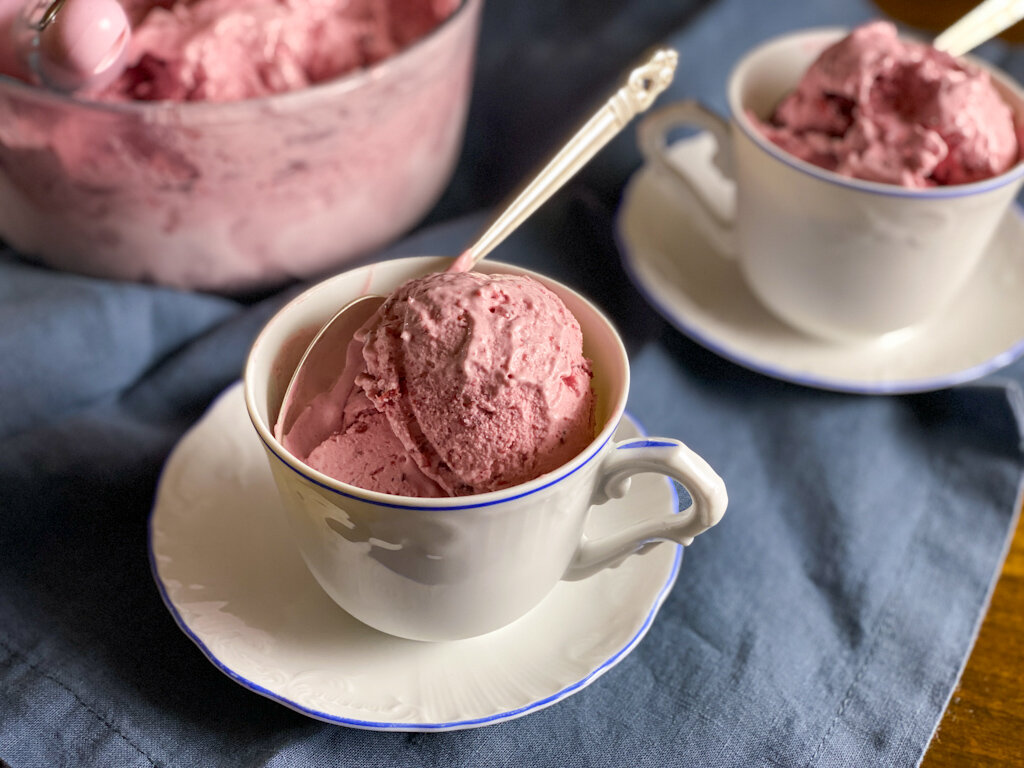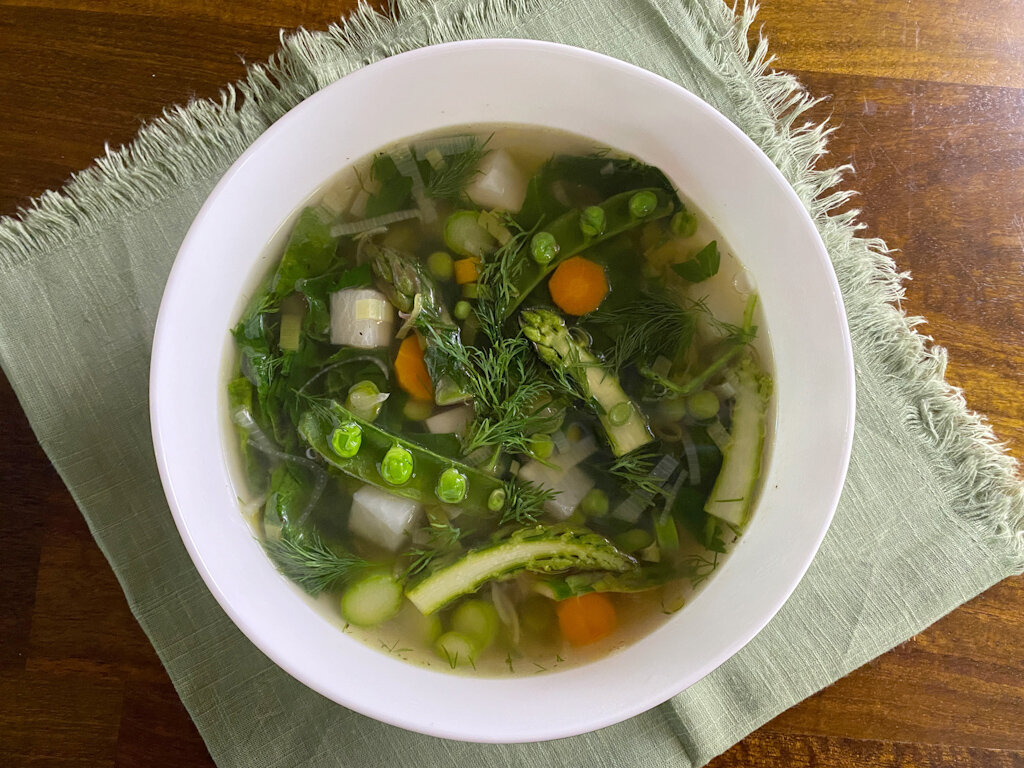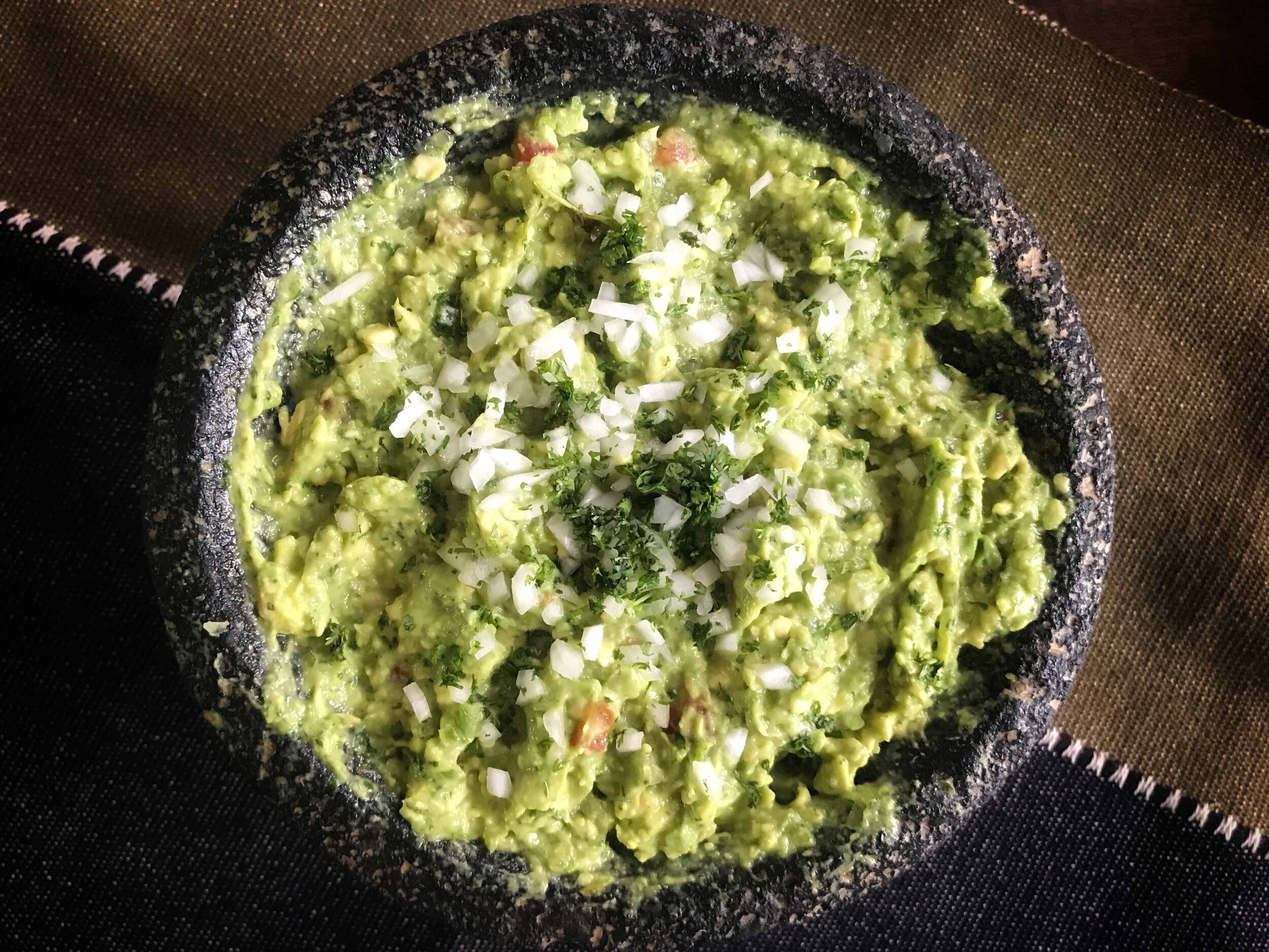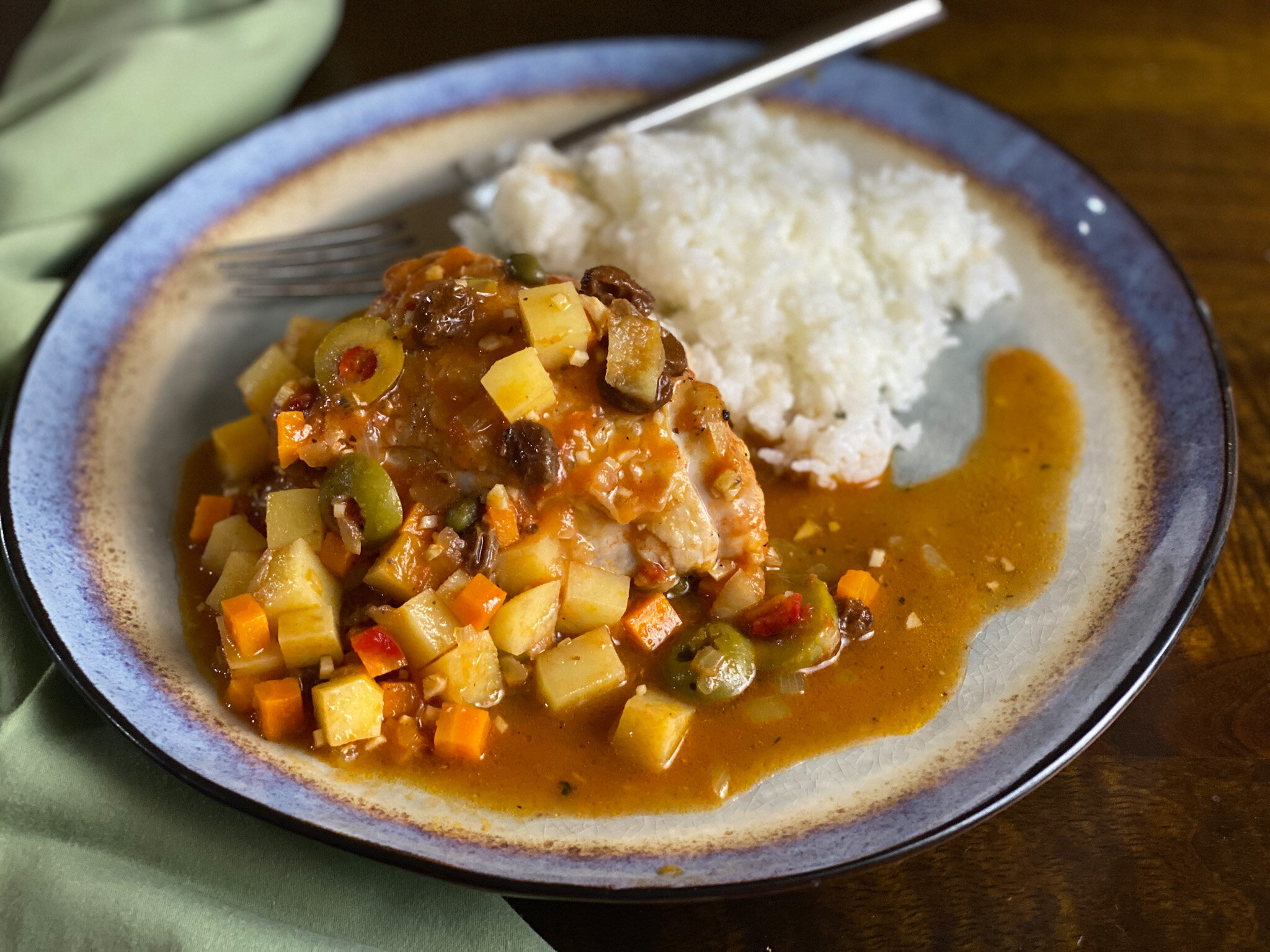By Leslie Brenner
Baking with Dorie: Sweet, Salty & Simple by Dorie Greenspan, Photography by Mark Weinberg, 2021, Houghton Mifflin Harcourt, $35
Backgrounder: With a career spanning three decades (her debut volume, Sweet Times: Special Desserts for Every Occasion was published in 1991), Greenspan is one of the most accomplished and trusted cookbook authors working in America today. She has won five James Beard Awards, and twice earned the International Association of Culinary Professional’s prestigious Cookbook of the Year award. She writes a column for The New York Times, whose editors chirp that “you can never go wrong with Dorie.”
Baking is her thing — it’s the subject of 8 of her 14 titles; she’s also a Francophile, and a great savory cook, too. She co-wrote one of my favorite French cookbooks, Daniel Boulud’s Café Boulud Cookbook (1999), and solo-wrote another fave, the monumental Around My French Table, with more than 300 recipes. (That was one of the two IACP Cookbook of the Year titles.) In 1998 she co-wrote a book with superstar Paris pastry chef Pierre Hermé (Desserts by Pierre Hermé), then in 2001 published a solo title, Chocolate Desserts by Pierre Hermé, which she followed with Paris Sweets: Great Desserts from the City’s Best Pastry Shops (2002). So yep, she knows her way around a vacherin. And this book is a stand-out.
[Read “Dorie Greenspan knocks it out of the kitchen with books about baking and French cooking.’]
Why We Love it: First, because Dorie has so many delicious and original ideas — all based on sound technique and spinning off tradition. (Pardon the informality; it’s hard for me to keep referring to her as Greenspan, as I’ve known her for 30 years.) She holds our hands, understands our fears and guides us to delicious success. Second, because the book is largely inspired by Dorie’s travels, which makes it feel very Cooks Without Borders. And third because Dorie provides lots of room to play, and plenty of choices, as with the Apricot and Pistachio Olive-Oil Cake shown above. You can flavor this beauty with saffron or tea leaves, salted or unsalted nuts and orange or tangerine zest. Dorie provides directions for both stand mixer and hand mixer. I used a hand mixer, and went the saffron, unsalted nuts and orange zest route. Glazed with apricot jam (which also gets slathered between the layers), it’s insanely delicious.
The Breakdown: Dorie assigns hearts to her favorites in every chapter, starting with Breakfast (Brioche Sticky Buns! Chocolate Babka!) — but Cheddar-Scallion Scones and Breakfast-in-Rome Lemon Cake sound just as wonderful. Cakes come next, with a “How-To” intro filled with invaluable tips, followed by Cookes, a Dorie forte.
A “Two Perfect Little Pastries” chapter focuses on cream puffs and meringues, offering lots of fabulous ways to use them. It was here I found the recipe that alone makes the book worth its cover price — Gouda Gougères.
I’ve made thousands of gougères in my lifetime, and this recipe — which has you beating in the eggs with a mixer rather than the traditional wooden spoon — is by far the best of any I’ve tried. Enriched with aged Gouda (instead of traditional Gruyère), these cheese puffs are flavored with ground cumin, and whole cumin seeds go on top, along with flakes of sea salt. The texture is absolutely perfect and the flavor out-of-this-world. Dorie suggests making them up to the point just before you bake them, then freezing the raw puffs on a baking sheet and storing them in an airtight container. That way you have them ready to be baked at a moment’s notice. The fact that I have a batch frozen and ready for the sheet pan makes me almost weepingly happy.
Interested in a classic gougère? Dorie supplies her recipe for that, too (along with her invention pâte-a-choux cheese sticks) after the Gouda treats.
A chapter on Pies, Tarts, Cobblers and Crisps comes next, followed by “Salty Side Up: Satisfying Suppers, Sides and More.” Leave it to Dorie to end a book of sweets with something savory.
You Gotta Try This: I’m a sucker for a sablé, the buttery, slice-and-bake French cookie with a famously sandy texture, so I couldn’t resist the sweet Dorie calls World Peace Cookies 2.0. To tell the truth, I was a wee bit worried I wouldn’t love them, as they’re dolled up with freeze-dried raspberries, cacao nibs, bittersweet chocolate pieces and piment d’Espelette. I was so wrong — they’re incredible, with flavors that dance beautifully with the chocolate and a texture somewhere between a classic sablé and a brownie. I baked up half a batch, and the log I have in my freezer (which you leave out 15 minutes, then slice and bake) has improved my outlook on life about as much as the frozen gougères have. (I feel rich!)
Go ahead and make a batch and tell me if you don’t love ’em.
Tiny Quibble: I was really excited to find Dorie’s rethought version of Tarte Tatin — the classic French baked-in-a-cast-iron-skillet caramel apple tart. It’s a tart that has always intimidated me, perhaps because I’m not a confident caramel-maker. In the book’s introduction, Dorie calls her heart-notated innovation — which involves using a springform pan rather than a skillet — foolproof. Waah-waah; it made a fool of me. Probably it’s my own fault — I think I failed to take the caramel dark enough.
The tart unmolded nicely, but where was the caramel? It all disappeared into the apples rather than enrobing them in burnished goodness. I saved it (ish) by making a Caramel-Cognac sauce from Chez Panisse Desserts and pouring it over the whole thing. Not terribly Tatin-esque, but passable topped with a dollop of crème fraîche.
No matter, I would still purchase Baking with Dorie a hundred times over, and will certainly give it as a gift to cooks and bakers I love. There are so many things in it I still want to make, and the Gouda Gougères, Apricot and Pistachio Cake and World Peace Cookies 2.0 that will forever figure in my repertoire.
Still Wanna Make: Lemon Meringue Layer Cake; Copenhagen Rye Cookies with Chocolate, Spice and Seeds; Pistachio-Matcha Financiers; Chocolate Eclairs; Mulled-Butter Apple Pie (more my speed and skill level?!); My Favorite Pumpkin Pie (that one will be soon!); Parisian Custard Tart; Candied Almond Tart; Asparagus-Lemon Quiche. And still more besides!
I hope you enjoy this book as much as I do.





